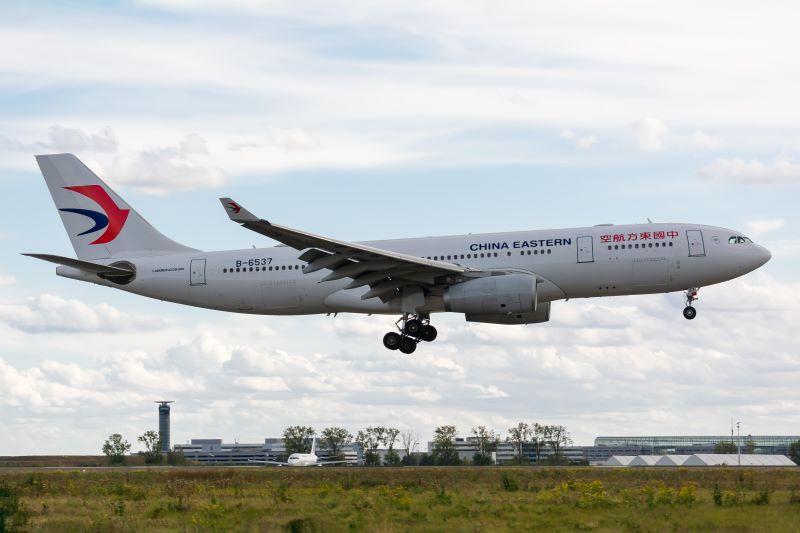Daily Memo: Don’t Bet On A Rapid Recovery Of China’s International Passenger Flights

Credit: GB-Photography / Alamy Stock Photo
China has a way of inspiring irrational exuberance in the aviation sector. In January, following the abrupt nixing of the zero-COVID policy, Avolon, the world’s number two aircraft lessor, predicted that China’s reopening to international travel could help global air traffic recover to pre-pandemic...
Subscription Required
This content requires a subscription to one of the Aviation Week Intelligence Network (AWIN) bundles.
Schedule a demo today to find out how you can access this content and similar content related to your area of the global aviation industry.
Already an AWIN subscriber? Login
Did you know? Aviation Week has won top honors multiple times in the Jesse H. Neal National Business Journalism Awards, the business-to-business media equivalent of the Pulitzer Prizes.





